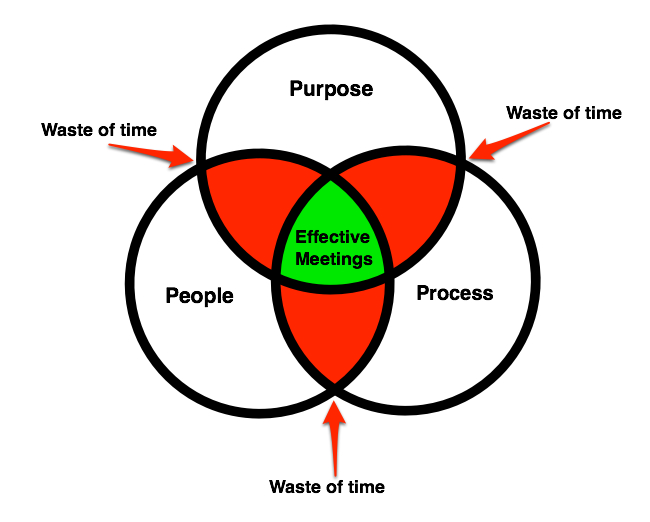If you’re overweight, your doctor will certainly advise you to go on a diet. But not only a diet—she’ll likely ask you to begin an exercise program as well. Calorie restriction may be useful in shedding a few pounds in the short term, but it’s not going to make you fitter in the long term. Companies in tough financial straits often resort to the equivalent of dieting: cutting expenses through layoffs. “Chainsaw” Al Dunlap is the poster child of this approach, unafraid to layoff thousands after he took the helms of underperforming companies. It brought him fame and wealth. . . until he went too far and drove Sunbeam into bankruptcy. Leaving aside the accounting scandals, the consensus opinion was that his layoffs eviscerated corporate muscle, not just fat, leaving the company unable to compete.
A better countermeasure for poor financial performance is to embark on the corporate equivalent of a fitness program: increasing strength, flexibility, and resilience by creating more value for your customers. At a children’s hospital in Texas, for example, the radiology department dealt with financial pressures by reducing the lead time to schedule an MRI appointment. Shorter lead times meant increased value for patients (not to mention happier parents!), and at the same time an additional $500K in annual revenue due to higher MRI utilization. Ruffwear, a maker of outdoor products for dogs, increased value to their European distributor (their customer) by shipping more frequently in smaller batches. The smaller shipments made it easier for the distributor to pay for products, reduced the number of season-end closeouts, and increased profits for both parties.
Here are three ways to begin thinking about increasing value:
Magnifying the product or service:
- Can you make something larger, bigger, or stronger? Think of free popcorn refills at theaters, oversized smartphones, or carbon fiber reinforced versions of a product.
- Can you increase its frequency? Think of airlines adding flights to a route, or FedEx offering delivery several times per day.
- Can you add extra features? Think of front- and rear-cameras on cell phones, freemium web services, or post-sale customer support and service.
Minimizing and eliminating (stripping away non-essentials)
- Can you remove elements without altering its function? Think of the BMW i3 interior lining, which is no longer an applied finish to the car body; the lining is the finish, or the holes put into the Mazda RX-8 gas pedal to make it lighter.
- Can you make it smaller or more compact? Think of the Nespresso Pixie machine designed for small urban apartments, or the new 10-denier fabrics for outdoor jackets.
- Can you make it faster? Think of wait time for medical procedures, or expedited passport services.
Repurposing (give it greater worth)
- Can you use it for something else can it be used for? Think of apps that allow your phone to act as a remote, Dermabond (basically Krazy Glue for closing surgical incisions), or plastic bottles turned into polyester fleece.
- Can it be used by children or old people? Think of wheeled luggage to relieve overburdened parents or people lacking physical strength.
- Can you use it in other markets or industries? Think of Microplane kitchen tools.
Sometimes economic realities necessitate budget cuts and layoffs. But that shouldn’t be the only, or even the first, approach to dealing with financial problems. You might find that looking at your products and services through the lenses of magnification, minimization, and repurposing will make it unnecessary to cut costs at all.









